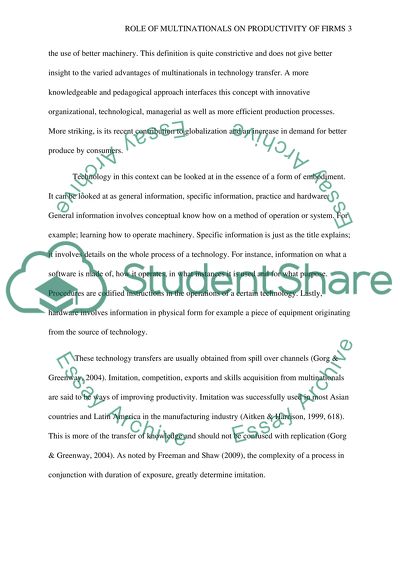Cite this document
(“Role of Multinationals on Productivity of Firms Essay”, n.d.)
Role of Multinationals on Productivity of Firms Essay. Retrieved from https://studentshare.org/macro-microeconomics/1450154-multinationals-are-thought-to-play-an-important
Role of Multinationals on Productivity of Firms Essay. Retrieved from https://studentshare.org/macro-microeconomics/1450154-multinationals-are-thought-to-play-an-important
(Role of Multinationals on Productivity of Firms Essay)
Role of Multinationals on Productivity of Firms Essay. https://studentshare.org/macro-microeconomics/1450154-multinationals-are-thought-to-play-an-important.
Role of Multinationals on Productivity of Firms Essay. https://studentshare.org/macro-microeconomics/1450154-multinationals-are-thought-to-play-an-important.
“Role of Multinationals on Productivity of Firms Essay”, n.d. https://studentshare.org/macro-microeconomics/1450154-multinationals-are-thought-to-play-an-important.


